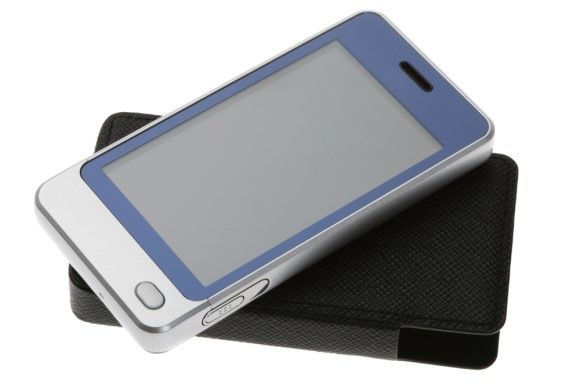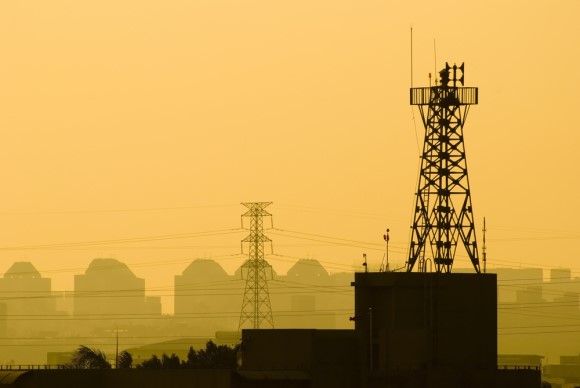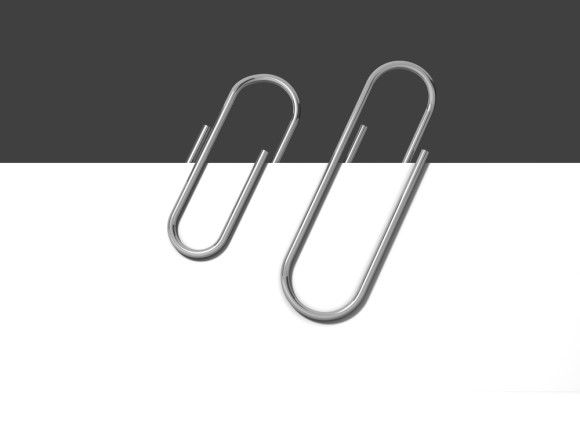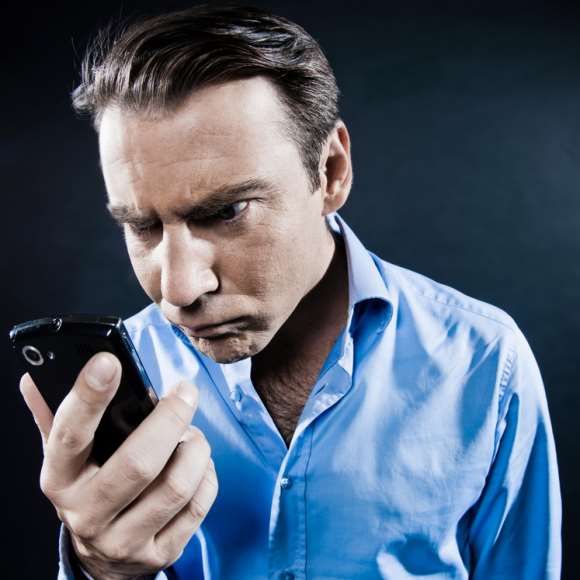Whenever I’m at my favourite pub (admittedly not often) or at my mother-in-law’s (sadly more often than I would like) I find that I have considerable trouble making a phone call. It’s so bad that I have to leave the house, and getting a data connection is considered alchemy within those four walls.
I’ve never quite been able to work out whether the problem is structural or environmental – it certainly isn’t down to my mobile network as in the case of my mother-in-law’s house, no one who sets foot through the door can use the phone.
It’s this that baffles me – how can mobile phone networks claim such high coverage when the majority of people can easily recall occasions when making a connection has been a trial? We’ve all stood on chairs with our phones held aloft, trying to "hook" onto a stray signal, but surely there is a better way to improve smartphone reception?
After all, if your phone is constantly trying to connect, your battery is going to run flat faster...
The Simple Fix: Lose the Case (and Your Hand)
We’ll move onto some of the more unique and complex solutions below, but there are a couple of things that you can try to improve smartphone reception beyond standing next to a window.
I’ve found that since I started removing my phone from its rubber case that my signal is much stronger, particularly when driving and streaming Nokia Music into my car's sound system.
The reason for this, of course, is because the case dampens the signal. It isn’t only cases that cause such problems, either. Remember Antennagate, when issues with users upgrading from iPhone 3 to iPhone 4 caused users to complain to Apple in their droves, forcing a response from the company?
Depending on the model, how you hold your smartphone is paramount to getting a good signal. It is worth spending a few moments to find the optimum "holding stance" for you to use the device without a loss of signal; if this isn’t possible, however, start relying more on your hands-free kit or headset.
Geographical and Environmental Factors
Don’t blame your poor reception on your hand, however; where you’re currently situated could be a cause of your bad signal.
Cell phone towers are situated based on their range, with the aim being to give users blanket coverage. This enables you to use your mobile phone wherever you are – within reason. The idea is that your phone automatically connects to the nearest tower, switching towers as you move around. Problems occur as you approach areas without a tower, and the strength of the signal degrades. When you can’t maintain a stable connection, calls are dropped and data won’t be received.
Distance isn’t the only issue, however. Landscape can reduce your signal strength, so if you find that calls are dropping and data isn’t transferring, consider changing your position. Naturally if the problem is your entire property or place of work, this might be difficult, but hills, mountains, valleys and even trees can be as detrimental to a strong connection as a large steel structure (such as a tower, skyscraper or pylon) thick wall or pillar.
One way to avoid losing your cell phone signal when you travel is to make better use of your phone’s roaming settings. What would normally happen when travelling across the USA or from country to country is that as you lose your connection with the first mobile network you then connect to a second, based in the area you’re travelling to or passing through.
How you access roaming settings depends on your carrier and your device, but this system can be used to select a preferred carrier/network for a specific area or location.
Signal Boosters and Femtocells
An increasingly popular solution to improve smartphone reception is a signal booster, a device that comes in several different flavours. Should you choose this solution, you will need to make your decision based on your carrier and the band that your phone uses (2G, 3G, 4G LTE). Signal boosters work by amplifying the frequency of the radio waves carrying the data. Vehicle-specific versions of these devices can also be used, which are essentially cell phone variants of domestic Wi-Fi repeaters.
Another solution is to use a femtocell, which can be added to your home or work wireless router to improve cell reception. Essentially these are miniature cell phone towers, and if your phone is within 2500 feet you should experience a full-strength signal.
Meanwhile, there are also some DIY signal boosting tricks that you might try, but these can have the effect of voiding your phone’s warranty as they involve opening the device. Insulated wire and even paper clips have been used, but neither is a great long-term solution.
Conclusion
Handling problems with your smartphone reception can mean doing something as simple as taking your phone out of its case, or as expensive as relying on a signal booster or a repeater.
One is obviously cheaper than the other, but unless you’re experiencing issues while roaming, these are the only solutions available that don’t involve opening up your smartphone and affecting a fix that may or may not work.
Have you used any of these tricks, or have any methods of your own to improve smartphone reception? Let us know in the comments.
Images: Base station of cell phone under sunset (Shutterstock), Man angry with phone (Shutterstock), Multitouch smartphone with leather cover (Shutterstock), Paper clips (Shutterstock)





